Siberian prince: description, recommendations for cultivation and reproduction

Flowers and green plants are an indispensable element in the process of improving the local area. It is the various representatives of the flora family that become the ideal solution for creating a warm and cozy atmosphere in the yard. The assortment and selection of plants that can be used to decorate the site is more than varied. Someone prefers good old peonies or cockerels, while others prefer to see exotic plants in their flower beds. These include the Siberian prince.
This article will focus on this unusual flower. We will tell you how to grow and propagate it, as well as provide some useful tips for its care.
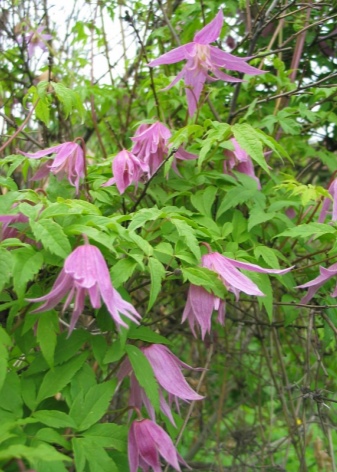
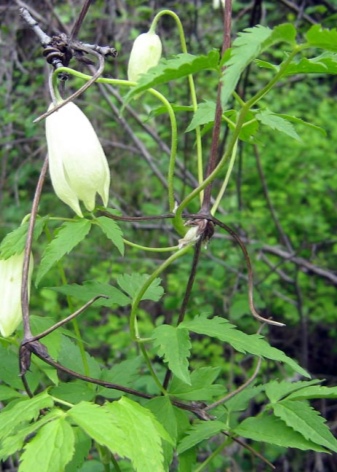
Characteristic
The Siberian prince is an unusually beautiful perennial liana, which is quite adapted to the local climate. Outwardly, the plant looks like clematis, but not so picky and demanding to care for. Belongs to the buttercup family. In nature, the wild Siberian prince grows in coniferous and deciduous forests, it can also be found in the coastal zone or on the edge. It got its name for a reason, because its homeland is Siberia. Very often, the prince is called a shrub vine, the woody shoots of which reach 4 meters. It is characterized by the following features.
- Fragrant flowers, the scent of which fills everything around him. The flower diameter can be up to 10 centimeters. It consists of 4-8 petals, which are ovoid or lanceolate. The inside of the flower is filled with numerous light stamens;
- Unpaired leaves with jagged edges and cuttings. Due to the presence of serrated leaves, the liana has the ability to creep and cling to the necessary supporting structure.
- Wide range of colors. The flower can be purple, pink, white or pale pink in color.
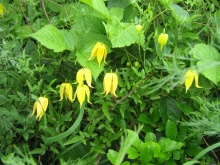

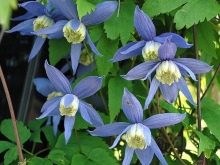
The period of abundant flowering of the liana falls in May-June. From mid-summer to early autumn, the prince also blooms, but not so violently. Seeds begin to ripen by early September. For those who decided to breed this plant at home, we hasten to note the fact that you need to be extremely careful in contact with it - it is poisonous.
It is also very important information that the Siberian prince has excellent medicinal properties. The plant has been famous for its wide use in medical practice for several centuries.
It is often used in the treatment of tumors, tuberculosis, pneumonia, epilepsy, liver diseases, or to restore and normalize metabolism in the body.
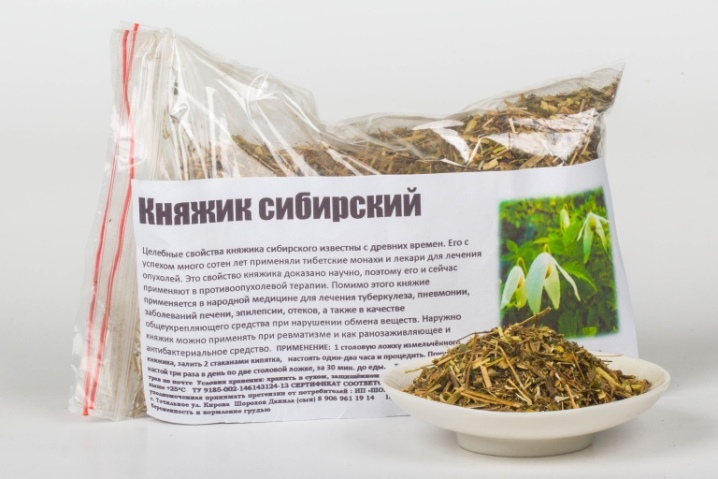
Reproduction
Despite its originality, the Siberian prince is easy enough to breed. There are several effective and efficient ways.
- Cuttings. A very popular method among experienced growers. New, young cuttings are cut from the vines. In the process of separating them, one must adhere to the basic rule - the cut angle must be oblique, that is, the cut length must be 2.5-3 centimeters. Each slice must have 2 separate nodes. Cuttings must be planted under the film. The ideal time for disembarkation is June. After about 3 weeks they need to be watered and ventilated.
- Division of the root system. This method is possible only in spring, when the plant has not yet begun to bloom. To do this, you need to dig it up and divide it into several parts.But be extremely careful - each separated part must have its own root system.
- Layers. This is one of the simplest and most commonly used methods. To propagate the prince in this way, it must be pinned, pressed to the ground and dug in. When it is visually visible that the root tracing system has grown and began to take root, it must be separated and transplanted to any convenient place.
- Growing from seeds. This option is used extremely rarely, since it is quite long. October is best suited for collecting prickly seeds. The collected seeds are placed in a container with soil, which is later buried in the ground. The seeds remain in this state throughout the winter.
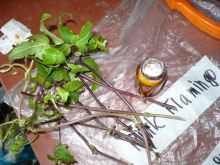

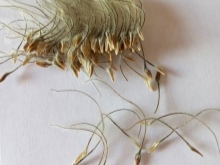
With the arrival of spring, the container with the seeds must be dug up, and its contents must be transferred to another container. It must be filled with a mixture, which must include sand and earth. When the seeds are transferred to a new container, they need to be watered, covered with sand on top and covered with glass on top. Only when the seedlings germinate, and each has at least 3 leaves, can the plant be moved into open ground.
Be prepared for the fact that the process of reproduction of a prince by seeds can take about 2 years.

Landing
Before deciding to plant such a plant, you need to study in detail not only the history and botanical description, but also the rules of planting and growing. After all, such a vine is hard to call an ordinary plant - a special approach is needed to the Siberian prince.
- The first step is to decide on the variety. Experienced gardeners say that the most preferred of all varieties of Siberian prince for growing at home is "Riga".
- It is worth choosing a landing site. The prince is not very whimsical to the place that will become his home. The plant feels great and grows both in the shade and in the sun. Of course, there are some nuances - if the plant is planted in a shaded place, its flowering period will last longer, and the buds themselves will be bright and saturated. But when exposed to direct sunlight, the flower will quickly fade.
- In a certain place for landing, you need to dig a hole, the width of which should be at least 60 centimeters. Its bottom must be covered with drainage - crushed stone and brick chips.
- Prepare the ground. The soil should be saturated with peat, humus, compost. Leaves and dry pine needles work well as compost.
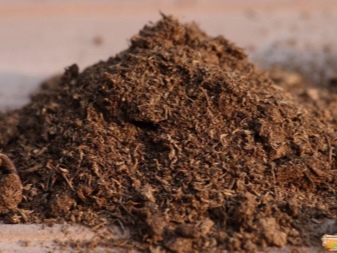
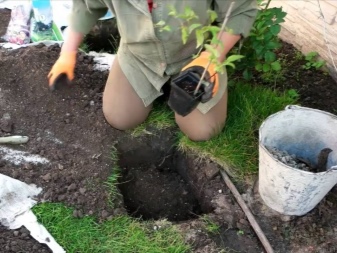
Here are some helpful tips to help you organize your footprint as correctly and intelligently as possible:
- during planting, be sure to observe the distance between seedlings, it should be 1-1.5 meters;
- if the soil is acidic, add lime to it, preferably slaked;
- the roots of the flower need to be buried into the ground by no more than 10 centimeters;
- for planting in open ground, it is advisable to use seedlings that are at least 2 years old;
- in order to prevent fungal diseases to which the root system of the prince is susceptible, you need to process the roots before planting, for which you can use manganese and ash.
Adhere to the above recommendations and follow the tips, and then you should not have any problems with the landing.

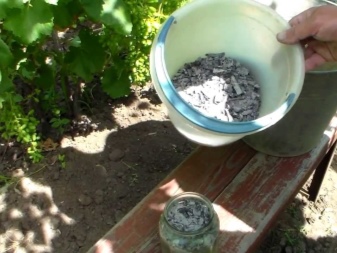
Follow-up care
After planting the prince in open ground, you must follow certain rules of care.
Watering
Regular watering is essential for plant growth and flowering. This should be done every week. After watering, after about 48 hours, the soil needs to be fluffed - this way the moisture will keep longer. In the hot period, watering should be done more often, every 3 days, and before the onset of the frosty season - often and abundantly.
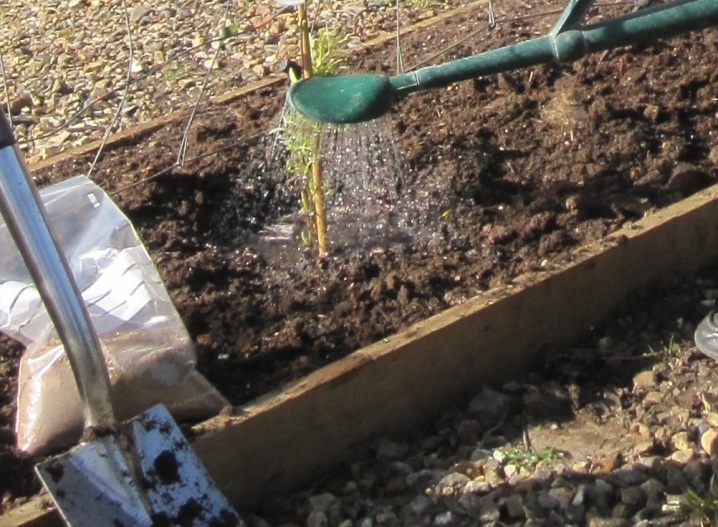
Top dressing
Like any other plant, the prince needs fertilizer. Top dressing should be done every month, for example, on the 1st and 15th, i.e. 2 times. It is very important to feed the plant during the period when shoots begin to appear and buds are forming. During the period when the plant blooms, you also need to add top dressing to the soil.
As a fertilizer, you can use various organic mixtures, liquid urea. But usually Siberian prince is fertilized with bird droppings.
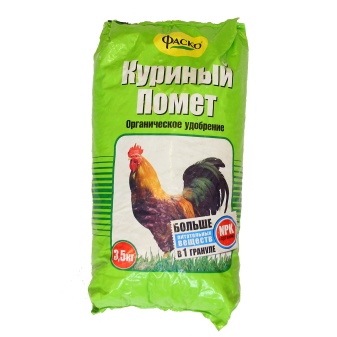

Pruning
It is also an important step in the care of the plant. The pruning procedure itself is not difficult, it consists in removing dry branches and already faded buds. If you want to form a certain shape in the plant, then prune it in the fall.
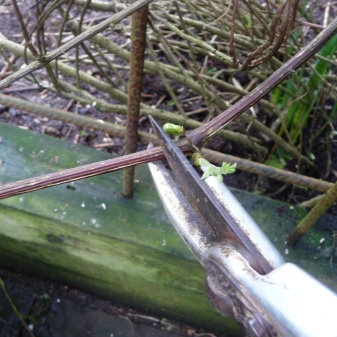
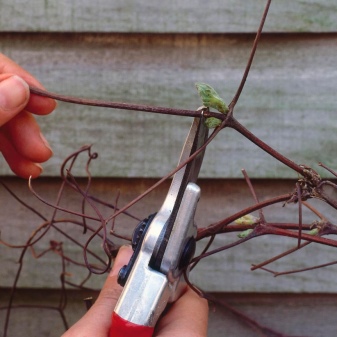
Preparing for winter
The Siberian prince is a plant that copes well with low temperatures and its drops. Frost resistance is one of his advantages, because he is a Siberian. In order to protect the plant from severe frosts, in winter, its roots need to be well dug with earth, and the bush itself must be covered. Coniferous branches will do well as a shelter.
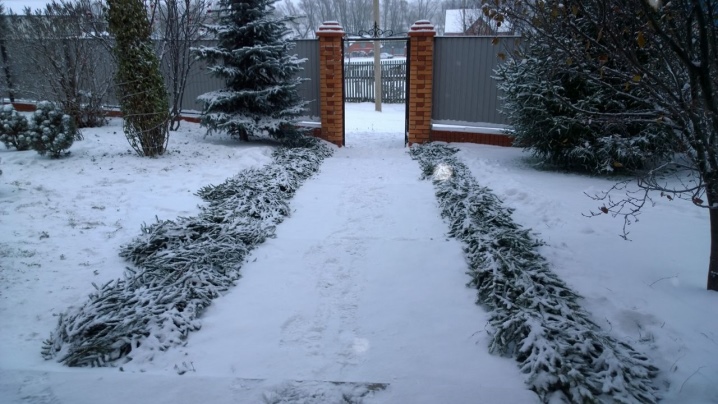
Disease and pest control
The Siberian prince is also attacked by various pests and suffers from diseases. Such diseases are terrible for him:
- powdery mildew;
- rust;
- brown spot.

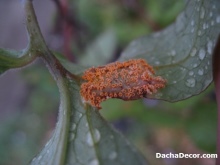
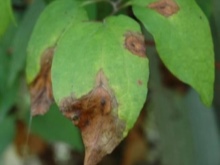
To prevent their appearance or already for treatment, it is necessary to treat the prince with fungicides. These drugs can be purchased at a specialized point of sale. As for pests, the plant most often suffers from head attacks from nematodes, mealy worms, slugs and snails. Special means will help prevent the appearance of nematodes. If a mealy worm was seen on the plant, you need to use "Karbofos".
Slugs and snails need to be collected by yourself. But in order for them not to return, treat the ground around the flower with a drug called "Metaldehyde".
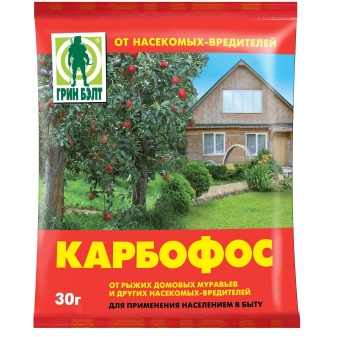
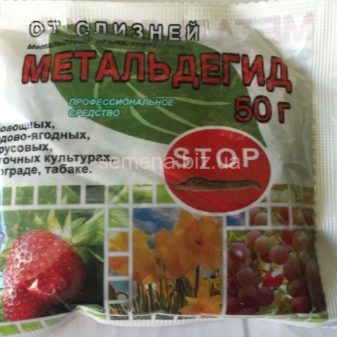
Examples in landscape design
Knyazhik is very often used in practice by designers when implementing landscape projects. This is not at all surprising, because a beautiful and unusual type of plant, if properly formed and planted, can become a real decoration of the site. The Siberian prince is used for:
- vertical gardening;
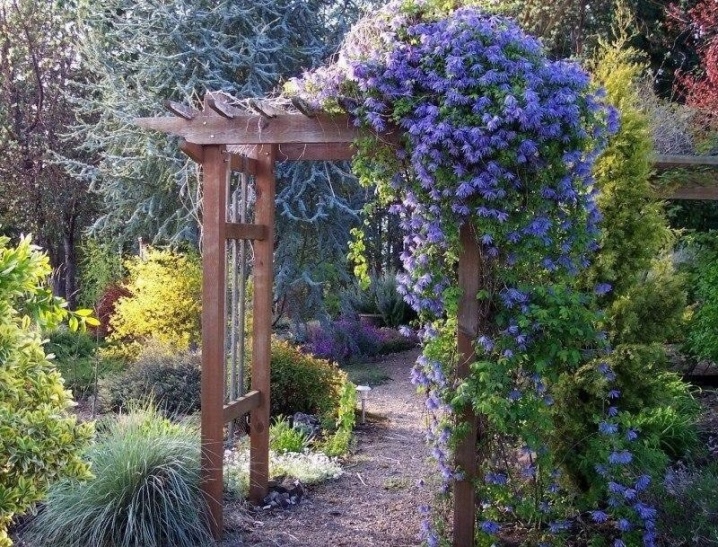
- when creating a shady corner;
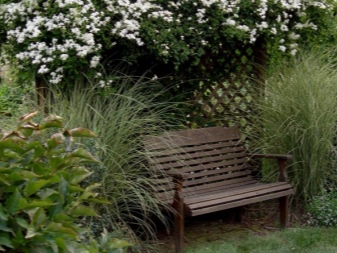
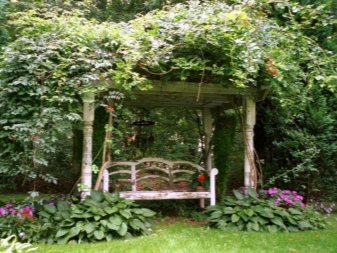
- gazebo design;

- masking an outbuilding or wall.
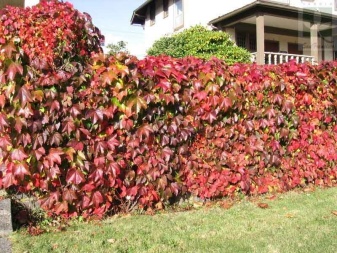

As you can see, the vine is not only beautiful and has a number of advantages, but it can also be used competently to decorate your site.
For the peculiarities of caring for the Siberian prince, see below.







































































































The comment was sent successfully.